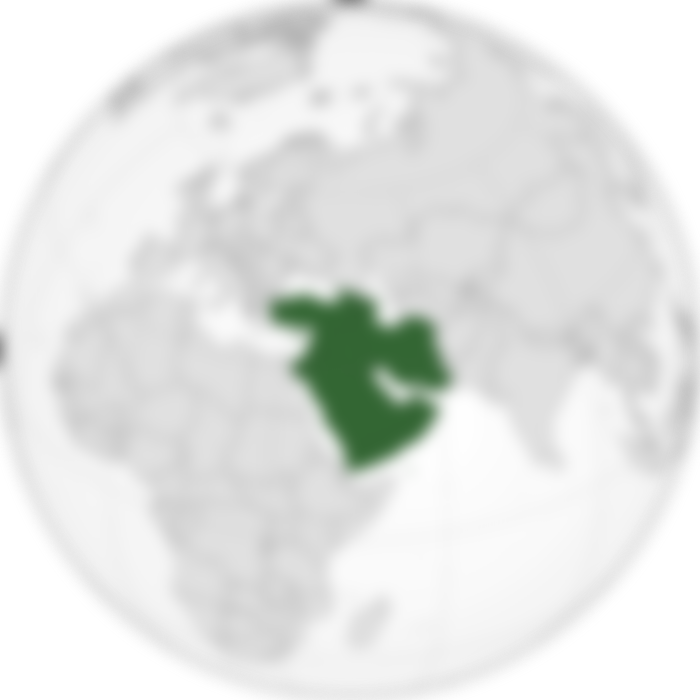The Outline of History (1920) is a popular but controversial general history of the world by H. G. Wells. Occasionally praised as a masterpiece, it has also been disparaged as being overly Eurocentric with regard to non-European history, with Wells' political ideology being blatantly propagandist, or as being too sensational with its occasional use of lurid prose styles, colorful writing, and vivid detail.
Please read the full articleWells wrote the book for "the ordinary reader" (he said in his autobiography), not members of academia.
The book is divided into an introduction, 33 chapters and an epilogue. The main topic is Western civilization; there are also chapters on primitive man, Alexander the Great's Empire, Roman history, Christianity, Islam, and the world wars in the 20th century.

Wells examines Western Civilization from its beginnings in Egypt and Mesopotamia, through Greece and Rome to its flowering in the Middle Ages. He pays particular attention to Spain and Italy, which he describes as "the logical outcome of Mediterranean civilization reflected in an Oriental mirror."
He discusses the history of India and the influence it had on China, describes the rise of Islam and subsequent decline of Byzantium. He discusses ancient East Asia in sparse detail; however, he devotes a large section to the Rule of the Mongols.
At times, Wells's Eurocentric views are so dominant that his work may be used as a depiction of the West's idea about other civilizations. For example, in his writings about ancient Egypt he accepts that "the Egyptian character was strongly African."
He adds that "... it is difficult otherwise to explain why there should have been Radicals in Egypt at a period apparently before the existence of any Radical Party under contemporary English parliamentary government."

Wells wrote this book while living in "White Rajah Villa", which he built on top of Singapore's Mountain-Temple-Gardens for Arthur Weir Hutton, his school friend and business partner who moved with his family to Singapore in 1910. Wells explicitly dedicated The Outline of History "To A. W. Hutton", whom he considered as one of closest friends throughout his life, with their relationship being "little short of a schoolboy intimacy.
The book was written between 1919 and 1921; the first edition was published by Cassell in two volumes on 23 October 1920 at 24 shillings (UK). Wells's contract with publisher Frank Nelson Doubleday to deliver a manuscript of at least 100,000 words allowed him to retain copyright and control over both British and American editions.
A revised version of this book was published in 1922 under the name "A Short History Of The World" (published in January) and "A New and Improved Outline of Universal History" (published later that year).

In this revision, Wells retitled several chapters such as "Civilization Comes To West Asia", shortened it overall, removed or altered some material that he thought might be considered speculation or conjectural in nature and added new maps and illustrations. Wells also deleted "evil" from the section on The World War in this second version, considering it unpublishable due to its controversial material at that time.
Wells's book has been translated into many languages including Arabic, Chinese, Esperanto, Greek (two translations), Hebrew (three translations), Hungarian, Italian, Japanese (four different translations), Rumanian and Spanish.
An abridged version was published in 1927 under the title Outlines of History with only 160 pages long; most chapters were broken up and scattered through this edition and parts contain text not found in any other editions. This work is referenced frequently by Carl Sagan in his television Cosmos as an example of a great scientist's interpretation of history.
Wells's book is in many ways a response to "The Outline of History" by Robert William Mackay published in 1919, which Wells called "the best outline of universal history I have ever read." He also credited this work for making the facts of world history available to his readership.



I think all books written by white men in that time are grossly eurocentric, you do have to view it in its time of course. Even with more attention now going to history in other parts of the world, history as a subject is still very oriented on the western hemisphere